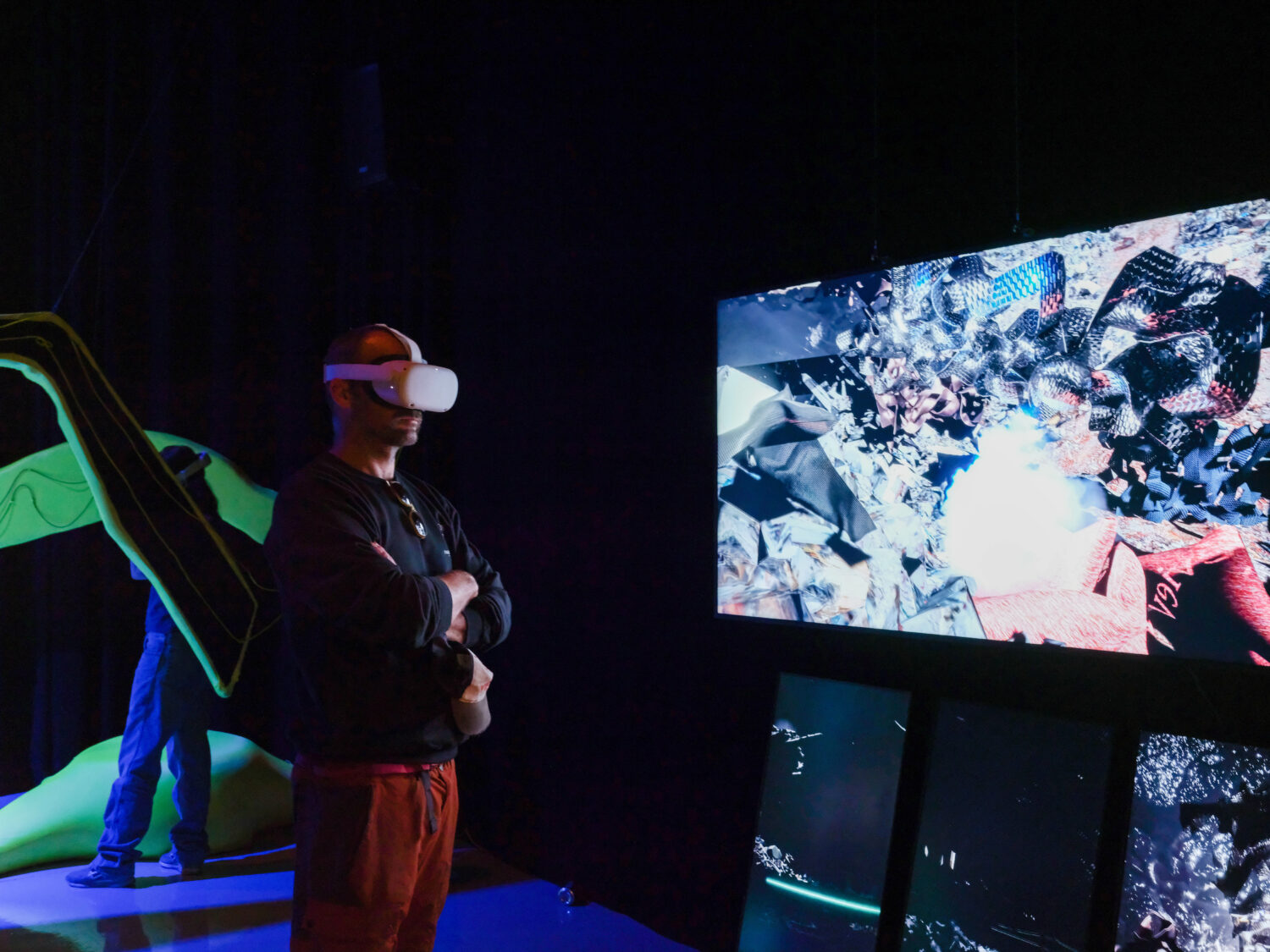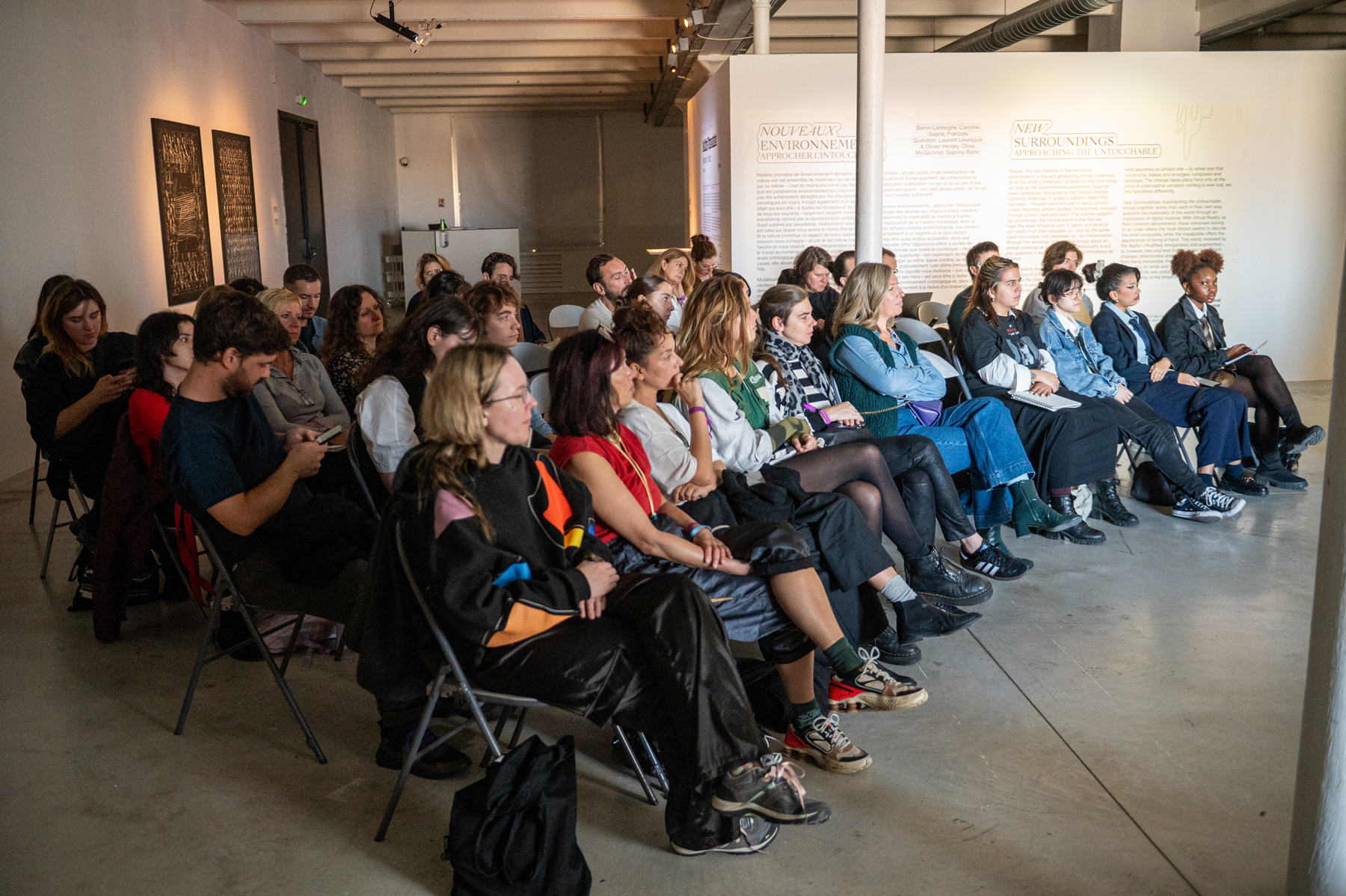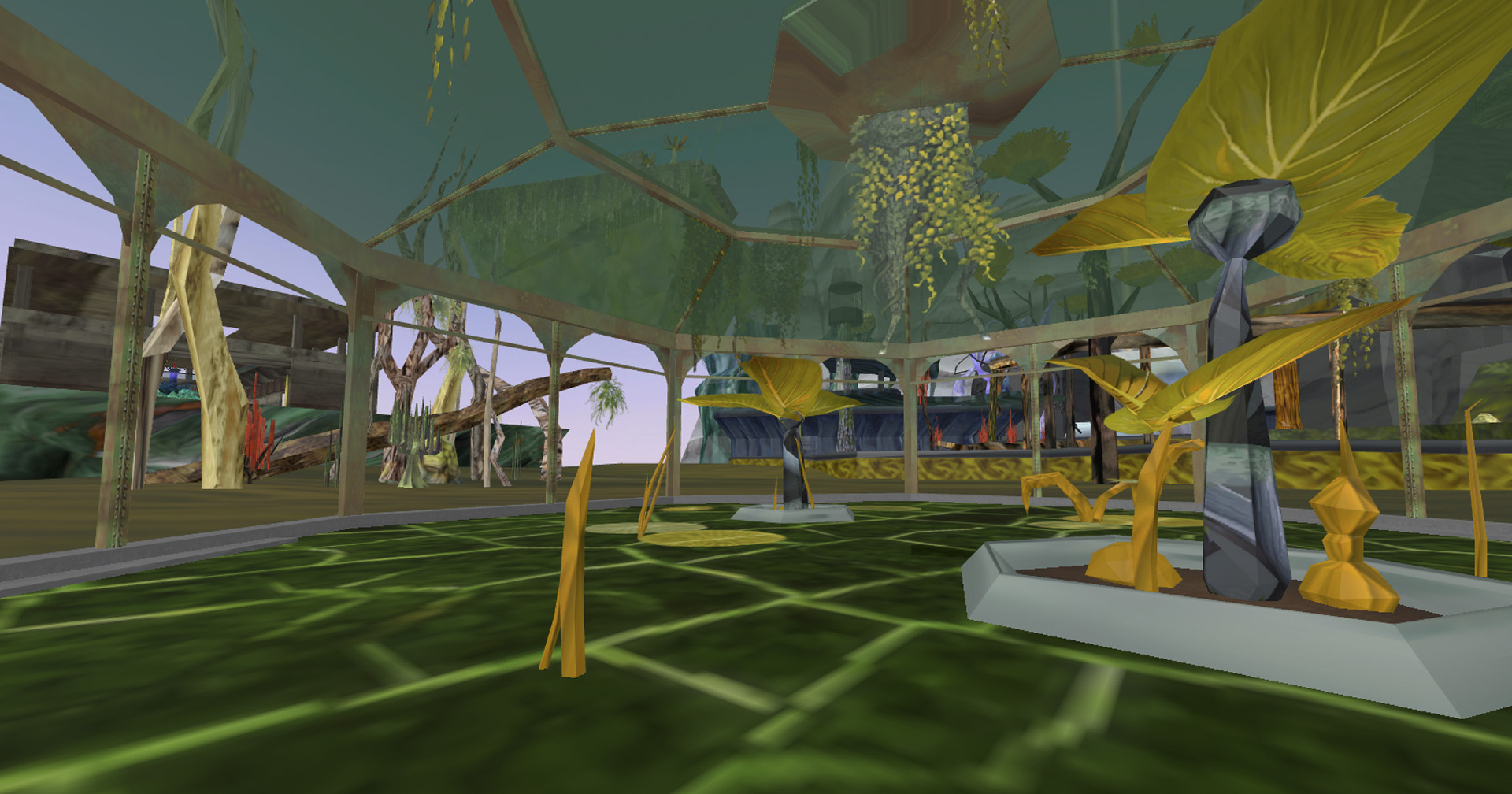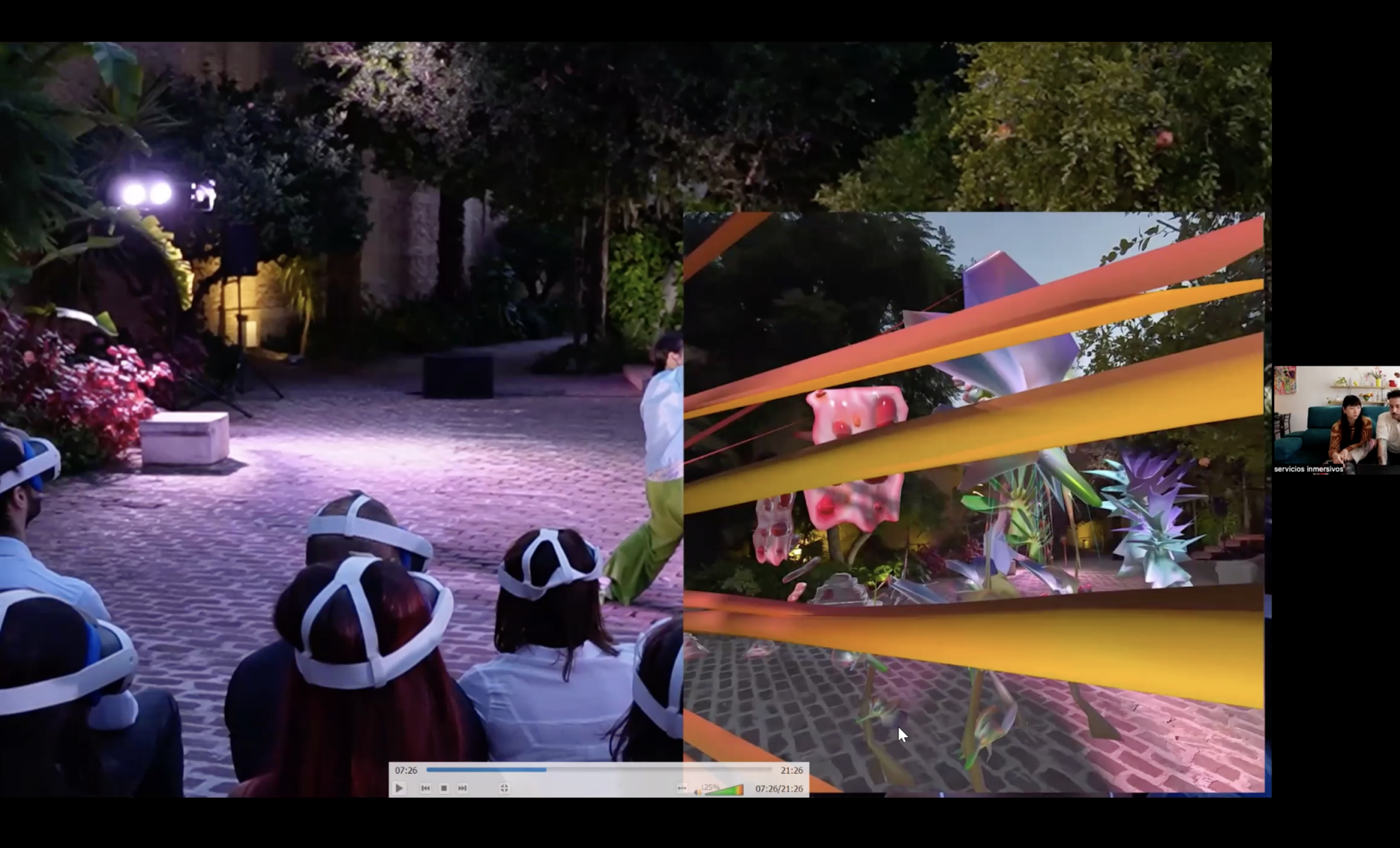Unlocking the future of artistic XR: introducing the Realities in Transition White Paper
This white paper encapsulates the collective insights from a diverse community of XR professionals, offering a roadmap to navigate the complexities of creating, producing, and distributing XR works. In an era where technology intersects with creativity, the Realities in Transition White Paper aims to foster a sustainable and inclusive XR ecosystem.
By bringing together voices from various disciplines, this document addresses the opportunities and challenges faced by XR creatives and distributors.
With a focus on ethical considerations, accessibility, and innovative practices, the White Paper aims to consolidate knowledge and methodologies that empower the XR artistic community.
As stated in the paper,
“High technology means something other than high creativity. In fact, sometimes, the restrictions of a medium lead to the most creative solutions.”
This perspective encourages artists and creators to view technological constraints as fertile ground for innovation rather than barriers to expression.
The white paper tackles several pivotal themes that resonate with the current landscape of artistic XR creation, production, and distribution:
Human-centered design: the document emphasises the importance of designing XR experiences that enhance our connection to the physical world.
“Creating grounded XR experiences means designing applications that overlay digital information and interactivity onto our existing surroundings,” it asserts, urging creators to focus on meaningful engagement over mere escapism.
Interdisciplinary collaboration: XR inherently combines various artistic and technical disciplines. The paper highlights that “interdisciplinary collaboration and communication are essential in XR productions,” underscoring the need for diverse expertise to create cohesive and compelling experiences.
Accessibility and inclusivity: the white paper calls for the democratisation of XR, stressing the necessity of considering marginalised communities in the creation process.
“XR technologies should allow non-linear inclusive storytelling of multiple realities and histories,” it notes, advocating for a platform that amplifies underrepresented voices.
Sustainability and ethical considerations: as XR continues to evolve, the document urges stakeholders to prioritize sustainable practices. It emphasizes that “the ecological footprint of virtual environments highlights the need for responsible design and implementation,” reminding us that our digital endeavors must be mindful of their environmental impact.

A Call to Action
We invite cultural organisations, artists, and creatives to dive into the Realities in Transition White Paper and leverage its insights to enrich their XR projects. Whether you are exploring new narratives, seeking collaborative opportunities, or aiming to enhance the accessibility of your work, this document serves as a critical resource.
As the White Paper concludes,
“By addressing these challenges proactively, XR can fulfill its promise as a transformative force that enriches the human experience while preserving the values of equity, creativity, and collective progress.”
Join us in this journey to unlock the full potential of XR as a medium for expression, engagement, and community building. Explore the Realities in Transition White Paper today and become part of a vibrant movement dedicated to shaping the future of XR!




